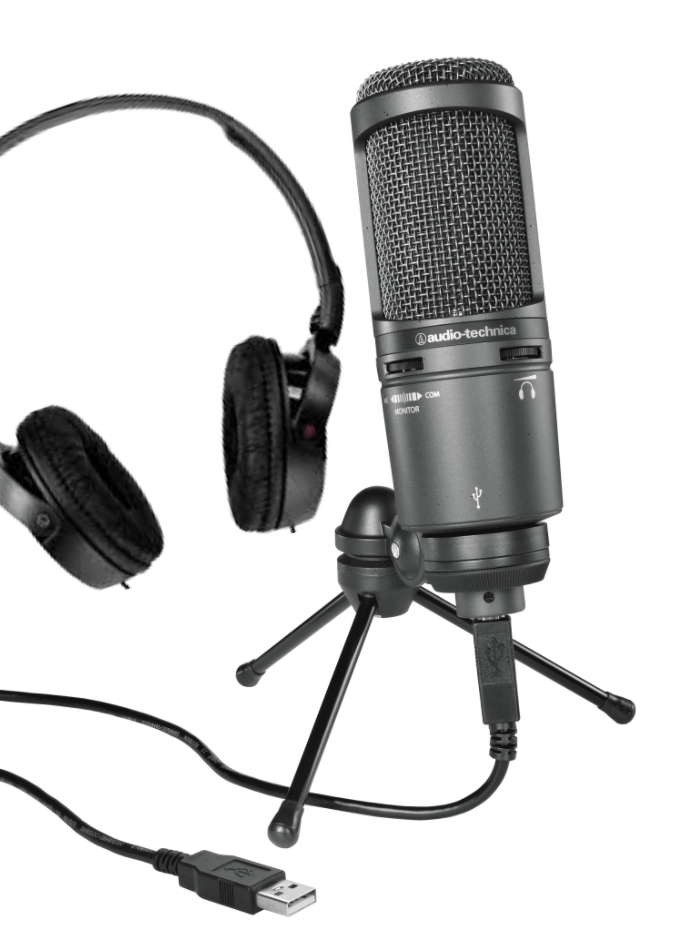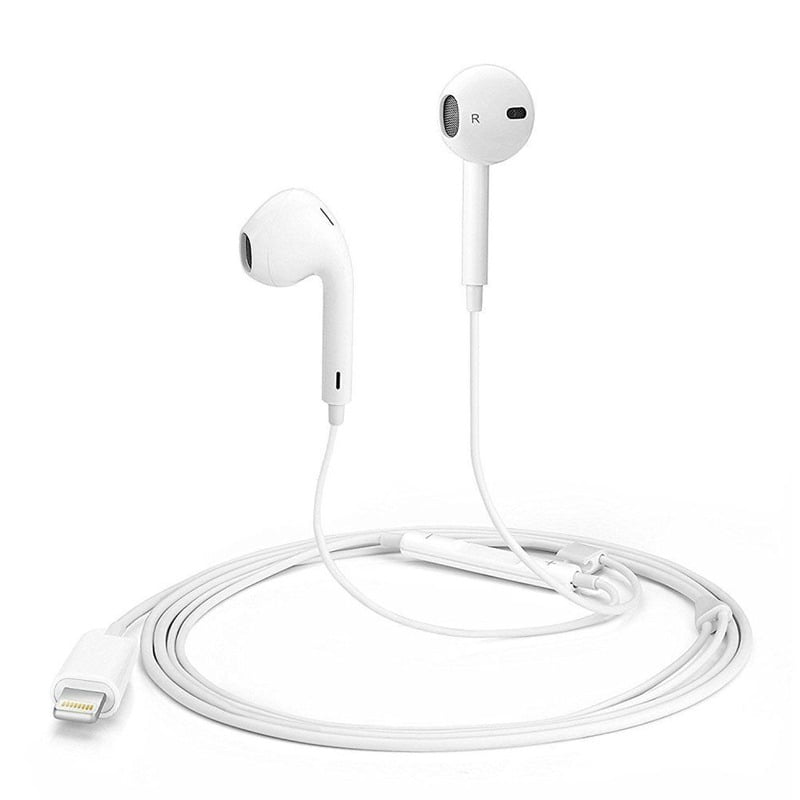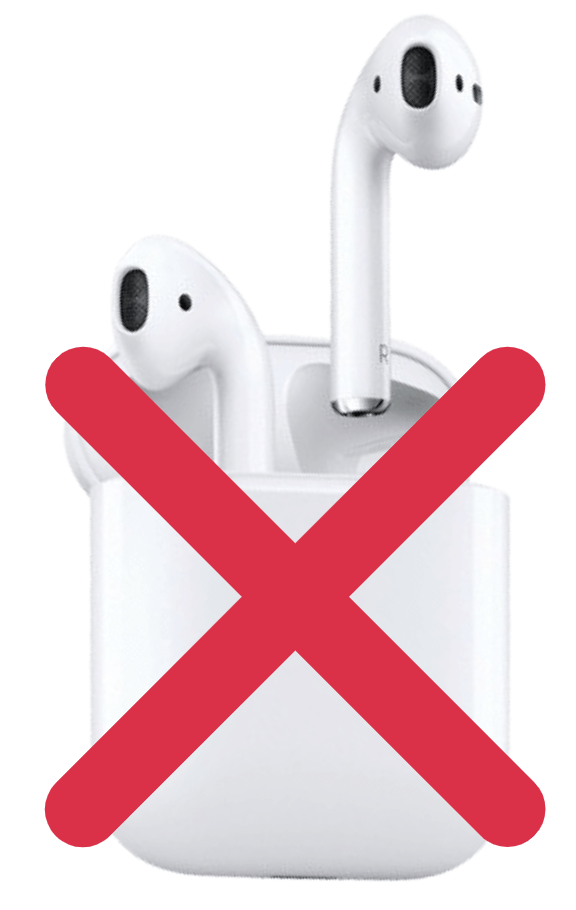We’ve always prided ourselves on the audio quality of our podcasts and business programs. So much so, that over the years we’ve continued to invest in top-end microphones, recording/editing equipment, and our own tailor-built state-of-the-art studio.
Yes, we’re a tad nerdy about all this!
For guests outside Melbourne, we’ve always connected with ABC studios in cities and regional centres across Australia, or radio stations overseas.
Since most people listen to podcasts with headphones or earphones, the listening experience has got to reflect the high-end quality of our programs.
We’re proud of the fact that our podcasts are some of the best-sounding in the market.
Then, along comes the coronavirus
For eight weeks we had to stop inviting guests into our studio and to ABC satellite studios. Instead, like most other broadcasters, we began organising remote interviews so guests could record in the safety and comfort of their own home or office space.
Sure, it wasn’t always smooth sailing, but we adjusted quickly and continued producing great interviews at the same pace we always had. Lucky there were a few things we had in place that helped immensely.
We use Riverside to record guests remotely. It’s convenient with an outstanding interface and records studio quality audio. It’s reasonably priced and more reliable than some of the other virtual meeting platforms like Zoom or Skype.
We also made sure to educate our guests on how to quickly and easily set up their own space, to help deliver the best audio possible. And by following these simple steps, you can do the same!
A GUIDE TO RECORDING REMOTELY
Why is the recording space important?

Where you record has a profound impact on the quality of the recording. Sound bounces off hard surfaces, so being in a quiet environment ensures no interruptions.
The ideal set up:
- A small quiet room – large rooms can add more reverb to your voice.
- Carpeted flooring – hard surfaces like wooden floorboards or concrete tend to add echo, making you sound distant and impacting voice clarity.
- Soft furnishings – if needed, add some to absorb the sound.
- Curtains or blinds – close them if possible.
- Airconditioning or heater – turn off while recording.
- Phones and other devices – turn off to avoid unexpected sounds or calls.
- Avoid any other sounds the microphone might pick up – for example, the fridge, traffic, animals, people.
Recording equipment:
While not all audio equipment is created equal, you’d be surprised at the quality that some very reasonably priced mics and headphones will deliver:
Headphones and USB microphone
A simple and highly effective solution is a set of headphones and a USB microphone that plugs straight into your computer. This option provides excellent sound quality and is by far our preference!

Corded headphones & microphone set
If you don’t have an external USB mic, a second option is a set of corded headphones with inbuilt mic (like the original Apple headphones), which capture your voice quite well. They also plug into your computer and provide decent sound quality.

Don’t use Bluetooth/wireless headphones
The audio quality from Bluetooth or wireless headphones, like Air Pods, is significantly degraded and really not suitable for interviews.

That’s it! If you have any questions or want to know how we can help create a podcast for your brand, contact us below.
For more podcasting news and info for brands, listen to another SoundCartel podcast, Podcasting Essentials.